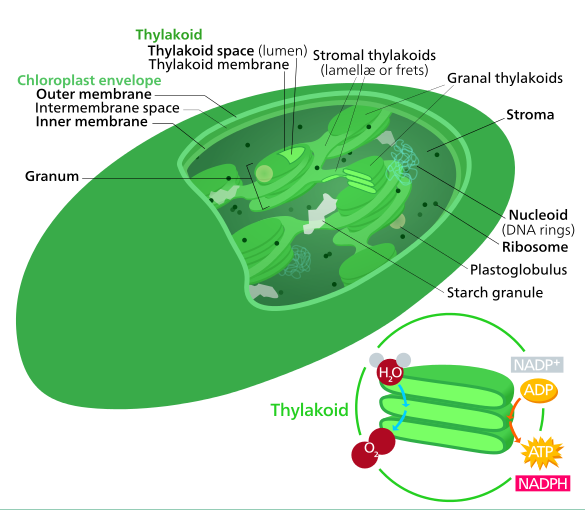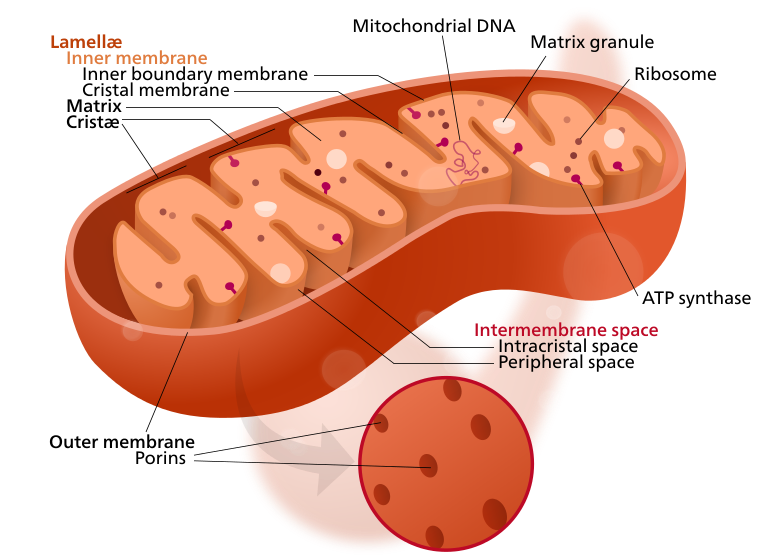

In what ways are all living things the same, and in what ways do we differ? All life shares a series of cellular metabolic processes that work so well that, like valuable recipes, they have been handed down almost unchanged since they were invented long ago. But the most numerous living things, the prokaryotes, are all single-celled, and those cells are simpler in design than those of the eukaryotes. So how did the more complex, multi-cellular forms arise? While going it alone is simpler, some organisms must have found it beneficial to team up and become multi-cellular. Groups of cells doing the same job can form specialized tissues, and groups of tissues doing related work can form specialized organs. In certain situations, dividing up the work allows one to get the job done better or faster. It seems to have worked out well for our ancestors.
We like to think of ourselves as individuals, but each of us is actually a community of living things. The bacteria we carry around with us outnumber our cells by a factor of ten to one, and represent 1-3% of our body mass (remember that prokaryotic cells are tiny compared to eukaryotic cells.) People may not realize that without the symbiotic organisms that live within us, such as our "normal flora" of our gut bacteria, we could not extract most of the nutrients from our food. When we inadvertently knock out these beneficial bacteria while taking antibiotics, which don't discriminate between "good" and "bad" bacteria, we gain an appreciation for what they do for us when things are working right. But what's even more staggering is that there are remnants of once free-living organisms that have been hitchhiking along in our cells for hundreds of millions of years, and that we and they have grown so interdependent that we could no longer live without each other! The Theory of Endosymbiosis explains how eurkaryotic cells arose. Prokaryotic cells didn't always just form colonies of identical units, though this does sometimes occur. Sometimes different prokaryotes merged into one, contributing metabolic recipes from previously separate lineages into one new organism. Were these biological mergers the origin of sexual reproduction? It was certainly one of the most important events in the evolution of life. Comparing the cells of prokaryotes and eukaryotes gives us a number of clues to these ancient unions.
Prokaryotes (bacteria) and Eukaryotes (protists, plants, animals, fungi) compared:
| Component | Prokaryote | Eukaryote |
| Nucleus | absent | present |
| Cells | only uni-cellular | uni- or multi-cellular |
| Ribosomes | smaller and simpler | larger and more complex |
| Cell membrane | single layered | double layered |
| DNA | in a circular "plasmid" | inside the nucleus, bundled on chromosomes |
| Organelles | none | membrane bound organelles such as chloroplasts and mitochondria |
Cellular Organelles: Inside the cells of all Eukaryotes are little organelles called mitochondria, commonly referred to as the "powerhouse" of the cell. Plants have additional organelles called chloroplasts, which are more like nature's version of the solar panel. Mitochondria and chloroplasts, two of the most important cellular organelles, have an intriguing origin. They resemble, in many ways, primitive single-celled prokaryotes. They are double membraned structures which contain their own unique DNA; distinct from the DNA of the nucleus. The outer membranes of the mitochondrion and chloroplast resemble those found in eukaryotic or complex cells, while the inner membranes resemble those found in prokaryotic or primitive bacterial cells. (Remember that these inside out membranes are one of the results of endocytosis!) The DNA of the mitochondrion and the chloroplast form a ringed chromosome called a plasmid; a characteristic of bacteria. It is now generally accepted that these organelles, vital to the survival of the cells that house them, originated from the incomplete consumption or absorption of single celled creatures millenia ago. These single celled organisms were adopted by the cell and became an integral part of the multicellular organism, reproducing themselves when the greater cell divides.
Without the energy producing mitochondria and the photosynthetic chloroplasts none of the eukaryotes, the "higher" animals, plants, and fungi, would exist. We owe it all to the lowly bacteria that live within us and nourish us.